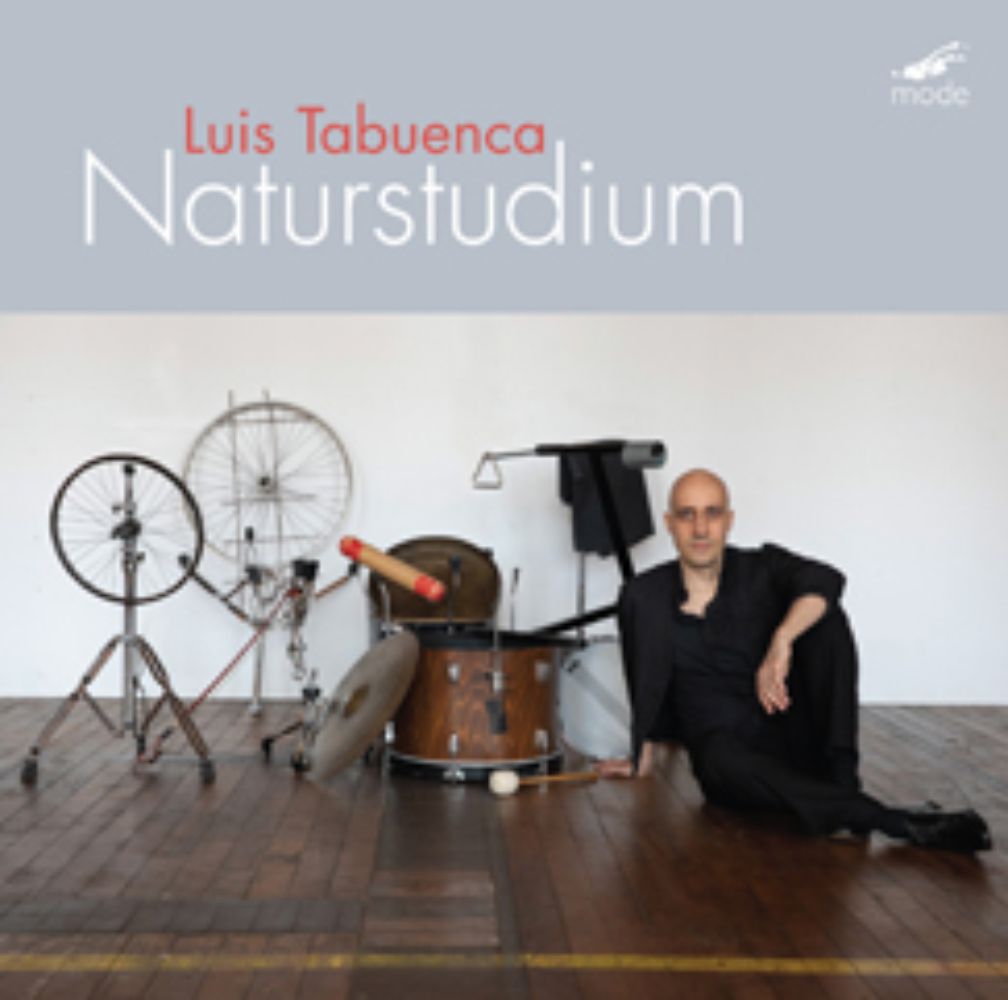
Tabuenca, Luis
Naturstudium
Paul Klees Naturstudium (1923) recalibrated the dialogue between art-making and the natural world. By peering closely at nature, Klees project was one of a magical de-mystification, seemingly a contradiction in terms until you realize that by looking clearly and dispassionately (the studium part of Naturstudium), he brought us full circle to wonder and awe. Spanish percussionist Luis Tabuenca also peers inward at his world - here the universe of percussion sounds - inviting us to a microscopic listening experience of the grain and texture of percussive timbre. Using no electronics other than simple amplification we hear, in super close-up, the sounds of bowed percussion instruments, of drops of water falling on a drum set, of the shifting harmonics of a cymbal as it is amplified by the bass drum upon which it rests. This radical change of scale perplexes the ear at first. How could a sound as soft as a simple drop of water be so full and dramatic? How could it demand so much acoustical and psychic space? But we quickly accommodate the dislocation of perspective and resize ourselves as participants zin a Lilliputian sound world. Soon we find ourselves as ant-sized listeners in a teeming rain forest of sounds. One of the loveliest contradictions of perspectives in Tabuencas recording is that, in spite of an acoustic recording aimed at capturing the finest nuances of sonic texture, we still hear Luis Tabuenca, a full-sized person and expert percussionist. His lithe movements always radiate from a musically and sonically exacting practice. He excels at creating a equilibrium between the power of the percussive stroke and the cultivation of that power as refined musical gesture and on-stage charisma. It is in just this balance of a raw sonic core with an elegant on-stage presence that he mirrors Klees refined observations of the untamable powers of the natural world.